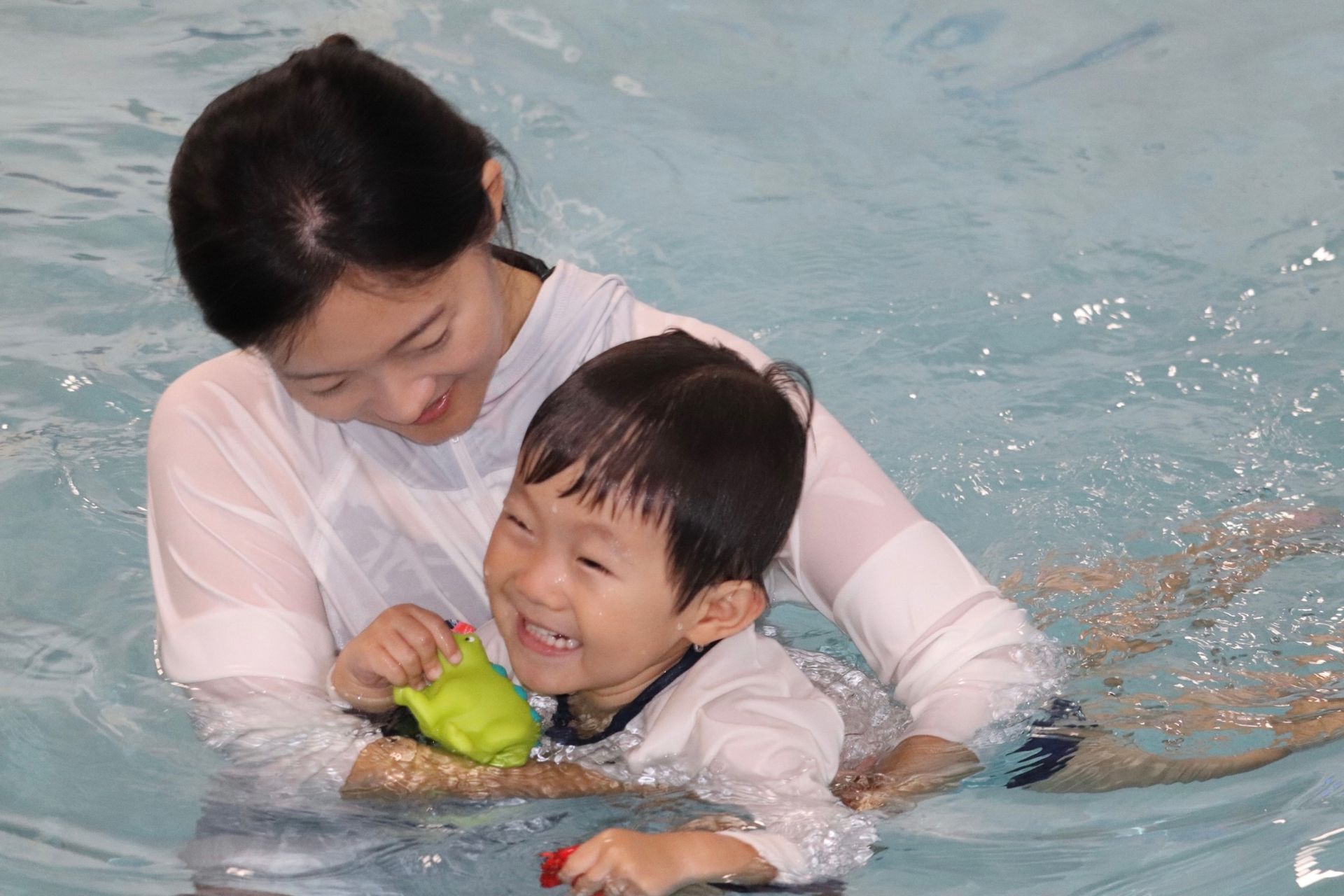Floating Is an Important Skill for New Swimmers

Floating: An Essential Skill for Every Swimmer
While floating may feel effortless to experienced swimmers, for children, it can be a surprising challenge. Letting go of the side, ladder, or instructor is a big step, especially for those not yet comfortable in the water.
However, floating is a crucial water safety skill for children of all ages. Mastering this skill equips them with a valuable tool in unexpected situations:
- Reduces Panic: If a child finds themselves in deep or rough water, their natural instinct might be to panic and flail, leading to fatigue and increased risk of water ingestion. Learning to float provides a calming alternative, allowing them to stay afloat and breathe until help arrives.
- Promotes Safety: Floating helps children stay safe and conserve energy while waiting for assistance.
- Encourages Proper Breathing: The focus on relaxed breathing while floating translates to better breathing techniques overall, beneficial for swimming and calming nerves.
Therefore, floating is a fundamental element in our swimming lessons. It instills confidence in children, knowing they can stay afloat independently when needed.
The Science of Floating:
Not everyone floats effortlessly. This difference can be attributed to body composition and buoyancy. Individuals with higher muscle mass, bone density, and fluid percentage have less buoyancy and may require more practice to master floating.
Overcoming Challenges:
If your child struggles with floating, remember it requires practice and patience. Our experienced instructors utilize various techniques, like teaching them to utilize their lungs as natural buoys, to help them overcome this challenge.
Beyond Floating:
Mastering floating is a significant milestone for young swimmers. It not only enhances their safety in the water but also opens doors to other aquatic activities and sports. Learning to swim fosters confidence, self-esteem, and lifelong enjoyment of water-based activities.
Join the Ocaquatics Family:
At Ocaquatics, we are passionate about nurturing a love for swimming and instilling water safety in families. We offer year-round swimming lessons tailored to all ages and abilities. Contact us today at 305-969-SWIM (7946) or visit our website to learn more about how we can help your child embark on their aquatic adventure!














